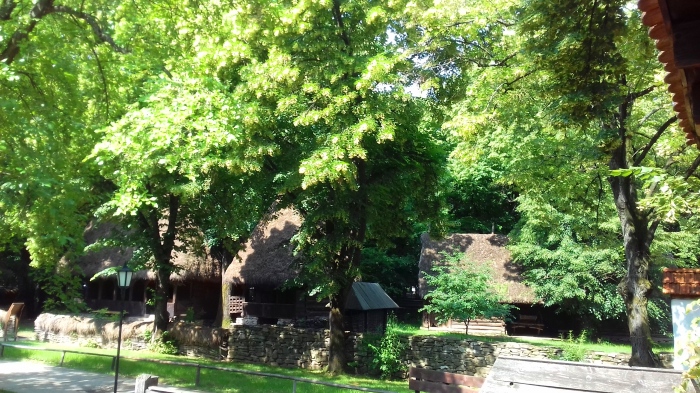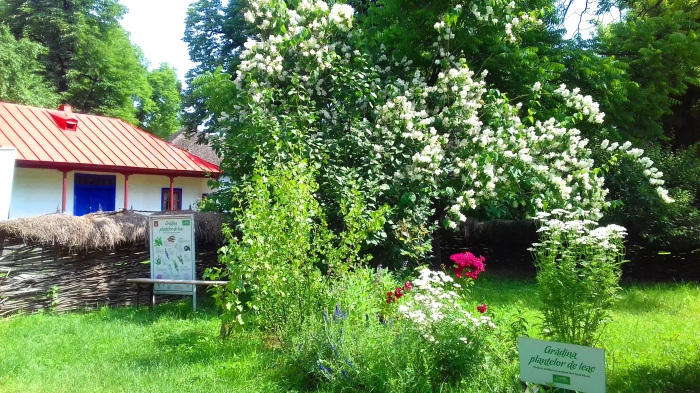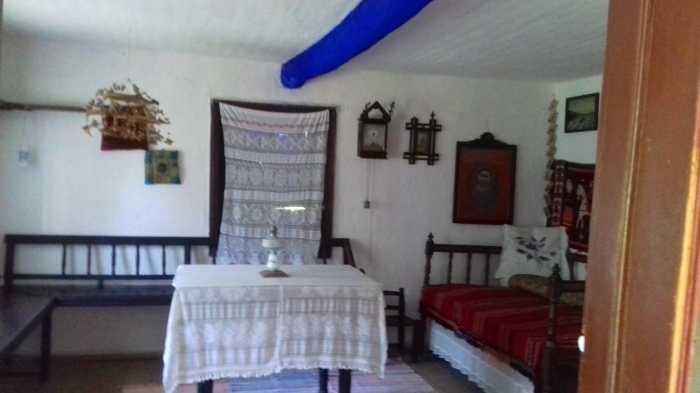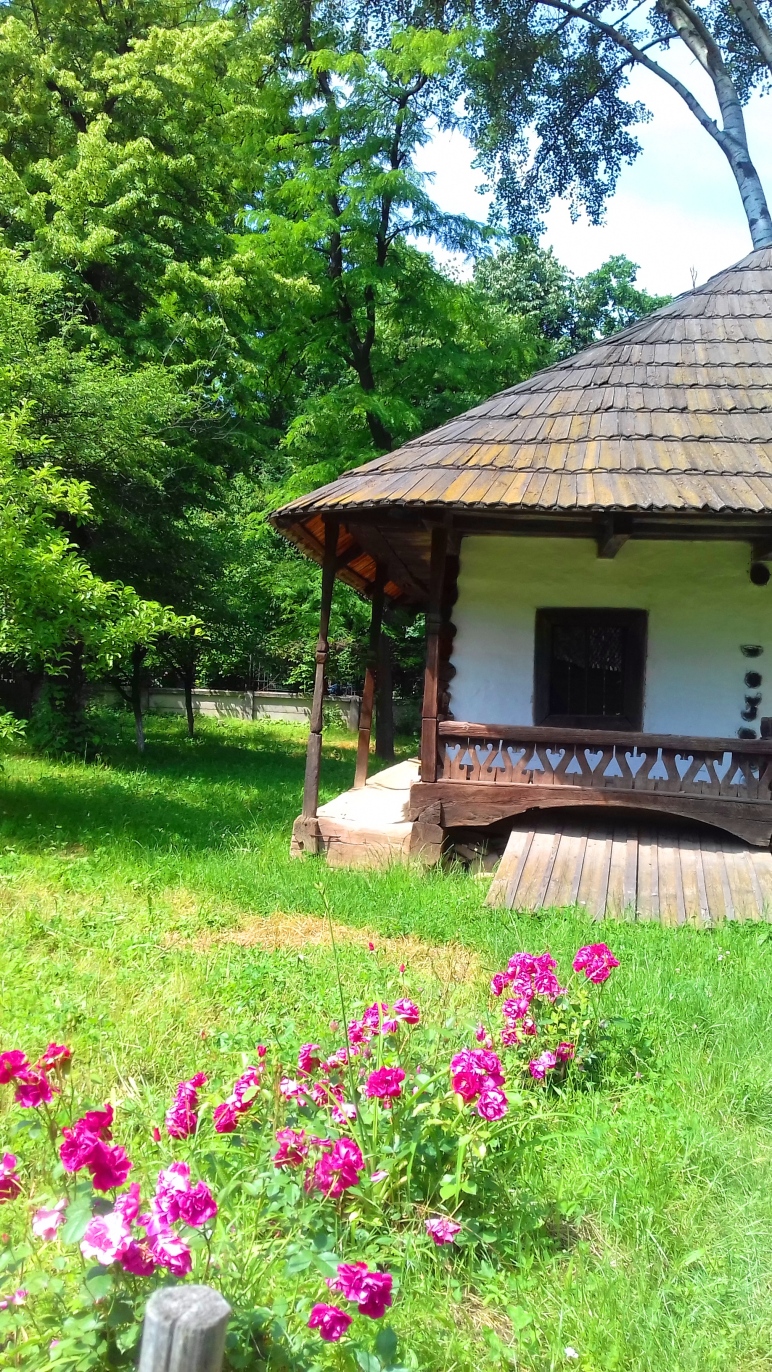Since life in Romania was a rural one between the years 1930-1950, a visit to this museum situated in the heart of Bucharest ,offers the tourist a great insight into Romanian traditional life.


One of the greatest outdoor museums in the Balkans was inaugurated in May 1936, by Royal Decree in the presence of King Carol the Second.


The best time to see it is in spring or summer, since this open air ethnographic museum lies on 15 hectares and you will need a few good hours to see it .
Situated on Herastrau lakeside, it contains 272 authentic peasants farms, annexes,houses, windmills, ancient gates, wooden boats, watermills, churches , sheep folds and cowsheds. The monuments and the artefacts, the folk equipment and the embellishing objects depict the abundance and the creative side of the peasant life.


There are guild accompanying each building . The park is divided into several areas and it contains authentic houses relocated from the rural areas of Romania.

There are even earth houses from Straja, dug into the ground and covered with thatched roofs. Most of the houses have their floors made of battered dirt.


The columns, beams or rails of the houses are sculptured with Romanian motifs. Most of these dwellings can be visited inside. Here you can see the beds, furniture and the cooking facilities. Others can be seen only from outside , but you can look on the windows.


The museum has a nice souvenir shop and a restaurant.





